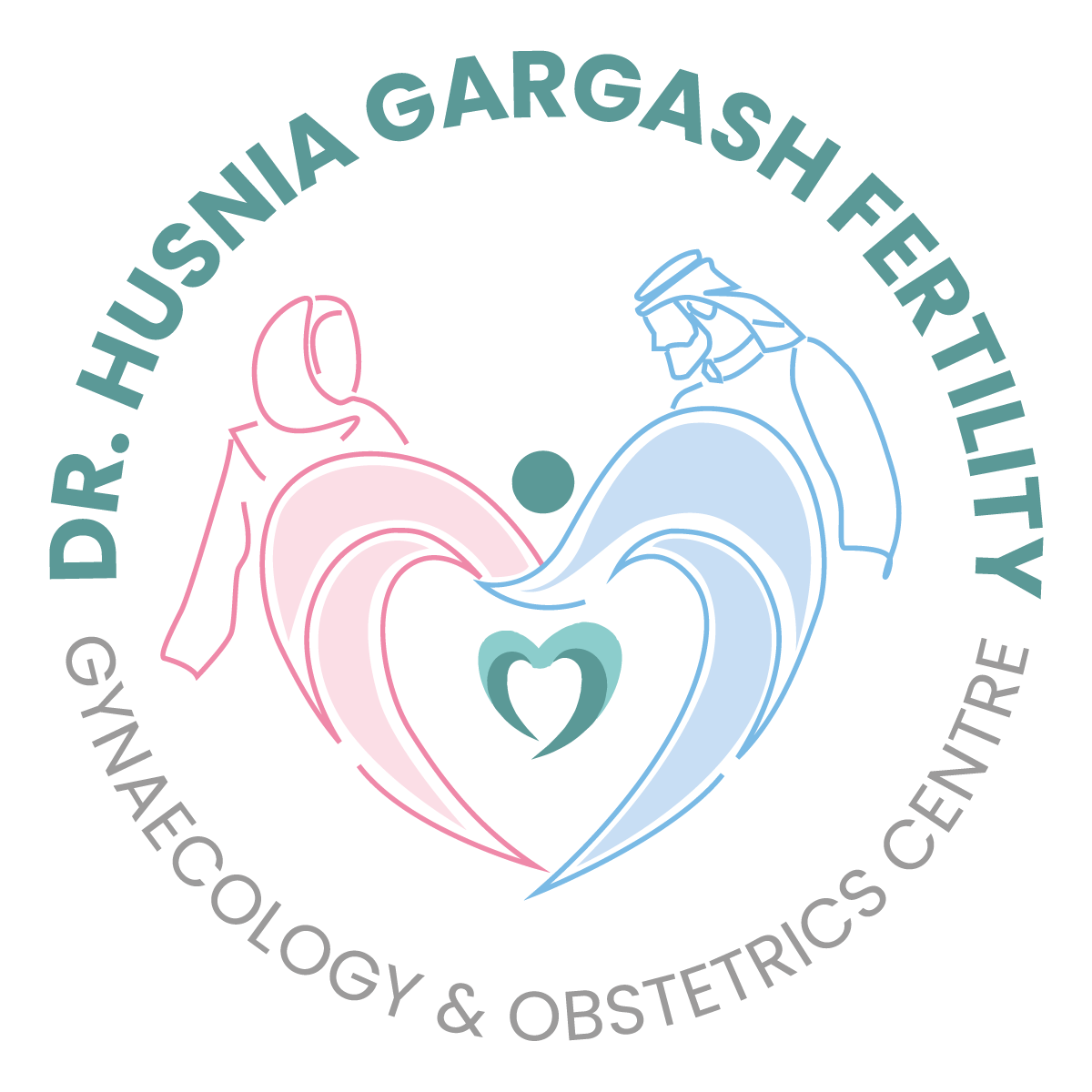A.R.T
Assisted Reproductive Technology
Ovulation Induction
Clomiphene citrate (Clomid) or Letrozole (femara) and hormone preparations of follicle stimulating hormone (FSH) may be used to encourage the development of one or more follicles and thus more than one egg, during the woman’s cycle. This process is known as Ovulation Induction
Clomiphene or Letrozole tablets may be used in conjunction with timed intercourse. The cycle is monitored more closely than a natural cycle with vaginal ultrasounds and/or urine tests to check follicle development and observe hormone levels. Human chorionic gonadotropin, known as hCG, is the hormone that is used in injection form to trigger the process of ovulation.
IVF
This method is used in the laboratory where sperm and eggs are put together to achieve fertilization. It is useful when the cause of infertility is not known.
This treatment requires hormonal stimulation in order to obtain eggs, which once fertilized in the laboratory will be implanted in the uterus to achieve pregnancy. The purpose of this process is to obtain quality embryos with which to increase the chances of achieving pregnancy.
Artificial Insemination
Artificial insemination is a low-complexity-assisted reproduction treatment. It consists of introducing a semen sample from the husband into the wife’s uterus after the preparation of the sample.
With this procedure, the chances of pregnancy increase compared to sexual intercourse for several reasons:
- The semen sample is processed in the laboratory; to select only the motile sperm capable of fertilizing the egg.
- There is a process of ovarian stimulation, which seeks the development of several ovarian follicles through a pattern of stimulation with gonadotropins; in this way, the growth and maturation of the follicles is controlled, which increases the chances of pregnancy.
- The sample is deposited in the uterus at approximately the time the ovary releases one or two ovules to be fertilized.
- The procedure is programmed, so that it takes place at the optimal moment of growth and maturation of the ovules.
ICSI
ICSI is an important process that can be a great help to those seeking fertility assistance. This process involves carefully selecting a single sperm and injecting it directly into the egg This process is used when there is male factor infertility due to sperm problem.
PESA (Per Cutaneous Epididymal Sperm Aspiration)
This procedure is performed when there is a block in or above both sides of the epididymis (the part of the male genital tract where sperm are stored). PESA is a daycare procedure and can be done under IV sedation or local anesthesia. If male infertility is due to blockade at or above the level of epididymis there is a high chance of getting good-quality mature sperm after this procedure. Sperm obtained can be used for ICSI treatment and an excess amount of sperm can be stored by freezing and can be utilized later also.
TESE (Testicular Sperm Extraction)
TESE is a more invasive procedure compared to TESA and PESA. This requires an open incision and then removing a chunk of testicular tissue (testicular biopsy). Usually performed when TESA has failed to give an adequate amount of viable normal sperm. The complications associated with this procedure are bleeding and haematoma formation. This is usually performed under IV sedation or GA. Usually, this procedure is also a daycare procedure and the patient can go home on the same day after a few hours of the procedure if there are no complications. Here also if excess amount of sperm retrieved can be stored by freezing for later use.
